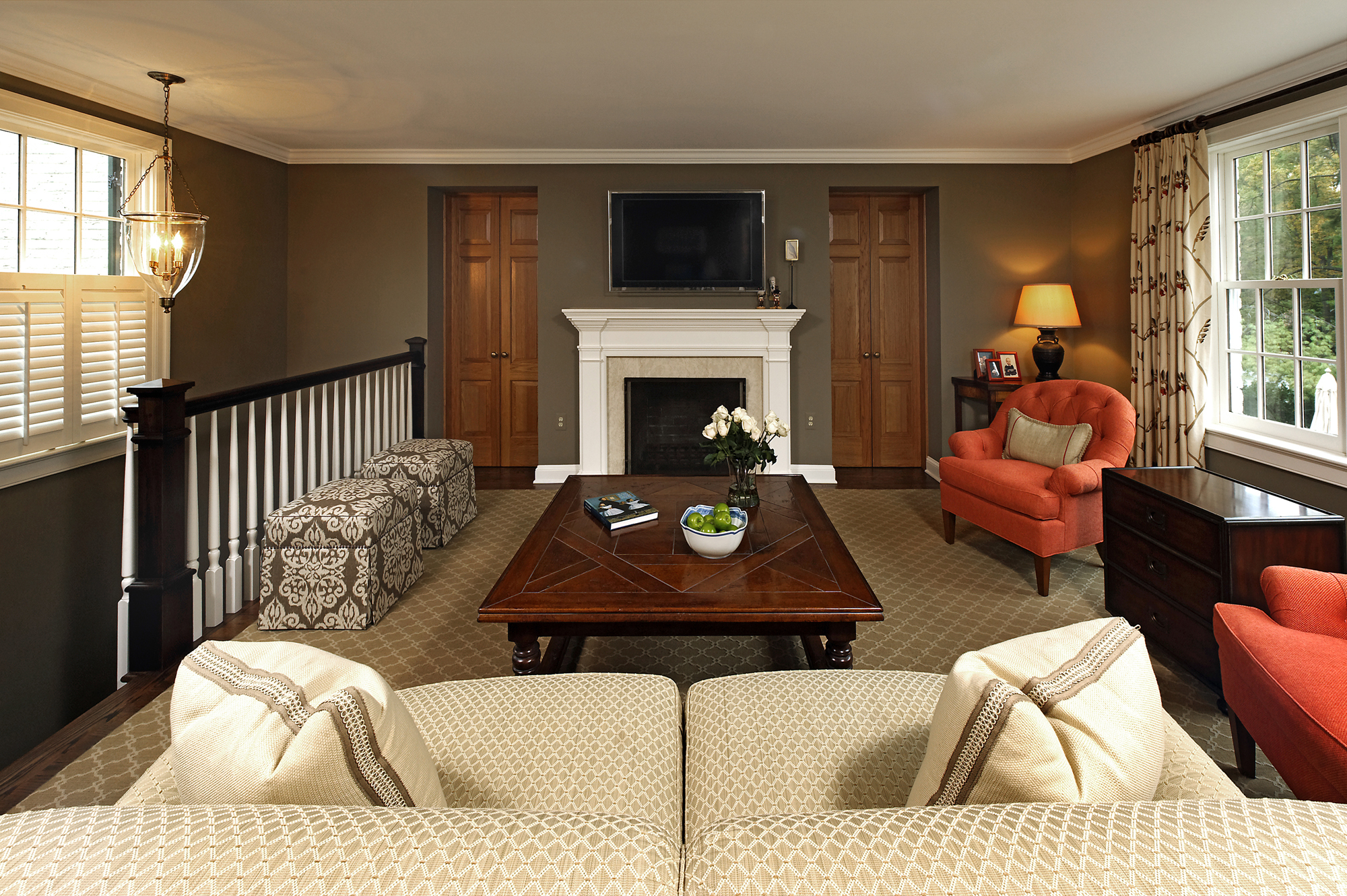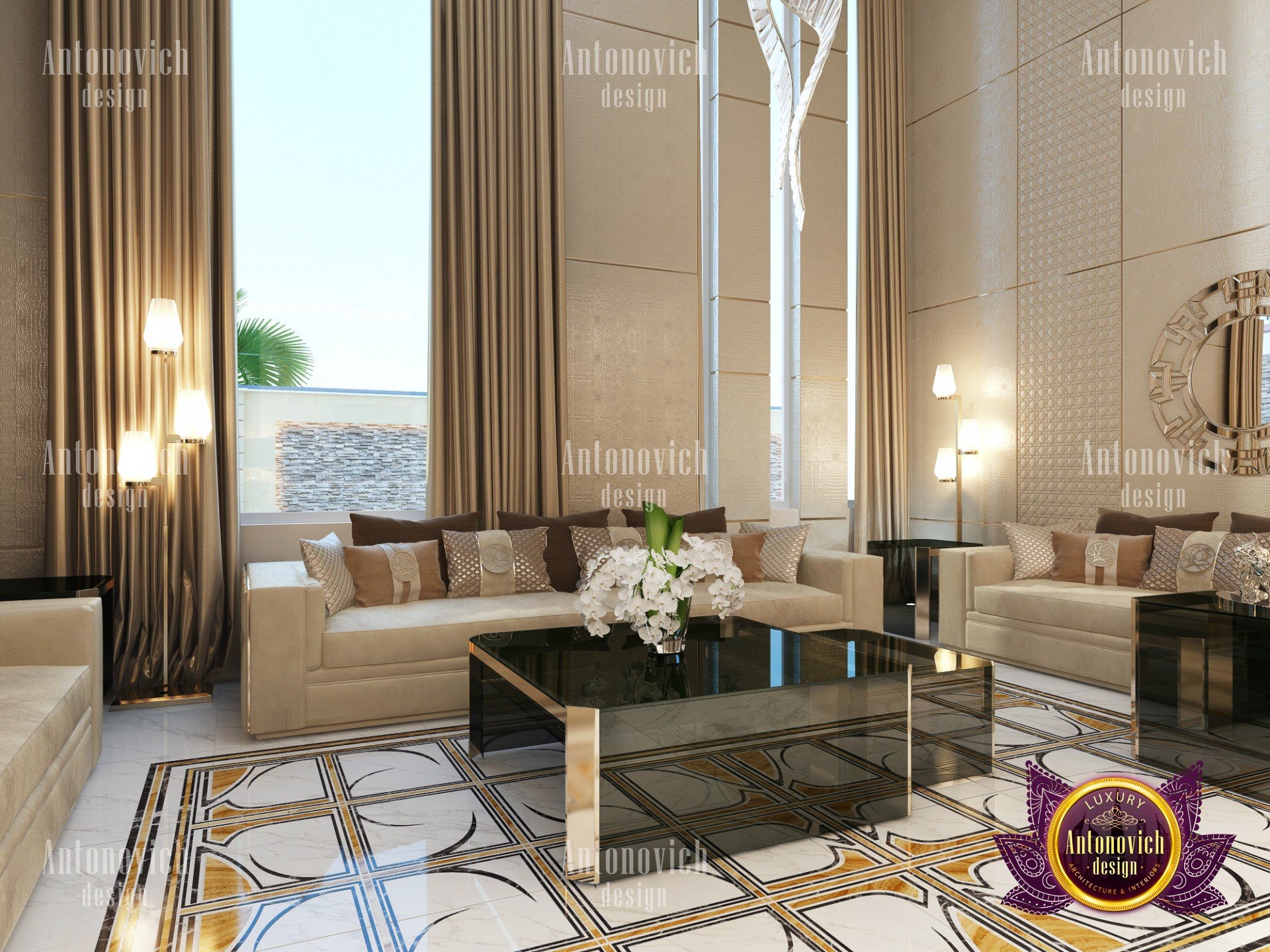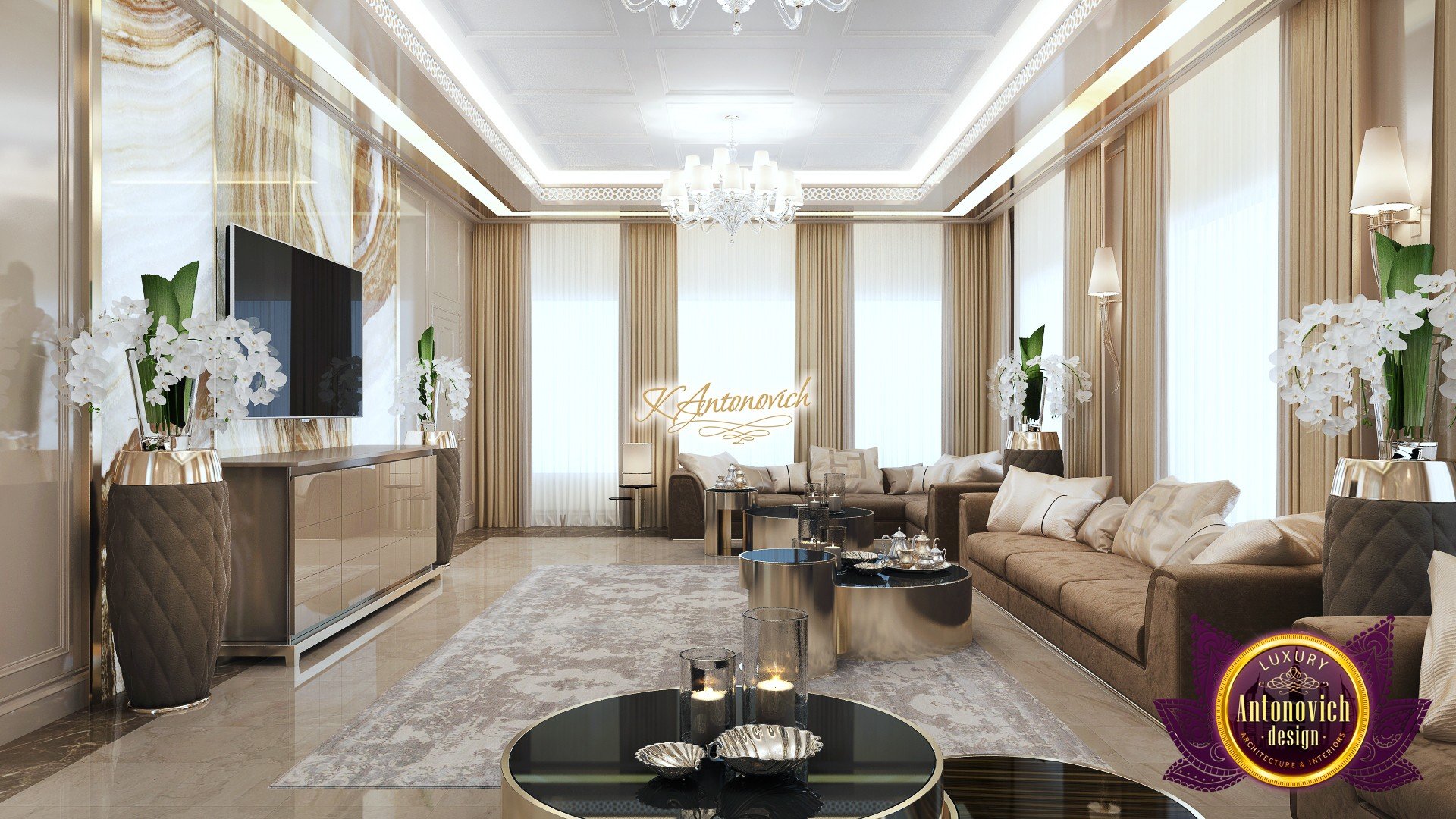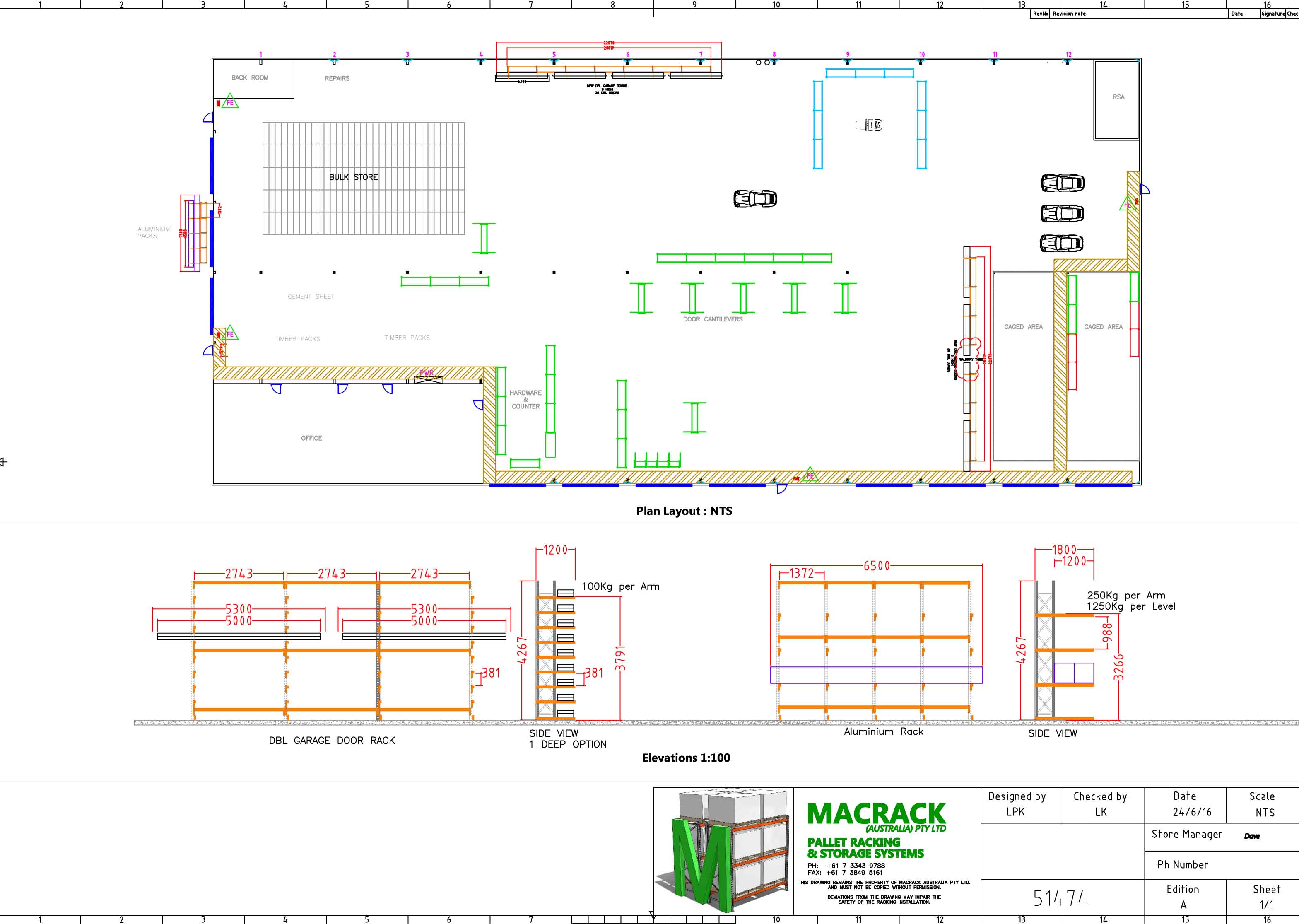Differences
When it comes to home design, there are often terms that are used interchangeably, causing confusion for homeowners. One common misconception is the difference between a sitting room and a living room. While these two spaces may seem similar, there are actually distinct differences that set them apart. In this article, we will explore the top 10 differences between a sitting room and a living room, to help you understand the nuances of each space.
Sitting Room
A sitting room, also known as a parlor or a lounge, is a smaller, more intimate space in a home. It is typically located near the front entrance and is used for more formal gatherings and entertaining guests. In the past, sitting rooms were reserved for the upper class, and were often used for socializing and receiving guests. Today, sitting rooms are still considered a luxurious addition to a home, and are often used for quiet relaxation and conversation.
Living Room
The living room, on the other hand, is a larger and more casual space. It is usually located near the center of the home and is often the main gathering space for family and friends. Unlike the sitting room, the living room is usually more open and connected to other areas of the house, such as the kitchen or dining area. It is a space where people can relax, watch TV, and spend time together.
Comparison
While both sitting rooms and living rooms are considered social spaces in a home, there are some key differences between the two. The main purpose of a sitting room is for formal entertaining, while a living room is more of a multi-functional space for everyday use. In terms of size, sitting rooms are typically smaller and more intimate, while living rooms are larger and can accommodate more people. Additionally, sitting rooms are usually located near the front entrance, while living rooms are closer to the center of the home.
Similarities
Despite their differences, sitting rooms and living rooms do share some similarities. They are both considered social spaces, and are designed for relaxation and conversation. Both rooms also have comfortable seating options, such as sofas and armchairs, and may feature a fireplace as a focal point. In terms of design, both spaces can be decorated in a variety of styles, depending on the homeowner's taste and preference.
Furniture
One of the major differences between a sitting room and a living room is the furniture that is typically found in each space. In a sitting room, you will often find more formal and elegant furniture, such as antique pieces or high-end sofas and chairs. On the other hand, living rooms tend to have more casual and comfortable furniture, such as recliners and sectionals. This is because sitting rooms are designed for more formal gatherings, while living rooms are meant to be a cozy and inviting space for everyday use.
Layout
The layout of a sitting room and a living room also differs greatly. In a sitting room, the furniture is usually arranged in a symmetrical and formal manner, with a sofa, chairs, and a coffee table in the center of the room. This creates a more structured and elegant look. In contrast, the layout of a living room is often more relaxed and can be arranged in a variety of ways, depending on the homeowner's preferences. It is common to see a TV, entertainment center, and multiple seating options in a living room.
Functionality
Another key difference between a sitting room and a living room is their functionality. Sitting rooms are designed for more formal purposes, such as entertaining guests or hosting tea parties. As such, they are not usually equipped with modern technology, such as a TV or sound system. In contrast, living rooms are designed to be more functional and versatile, making them suitable for everyday activities like watching TV, playing games, or even working from home.
Usage
The usage of a sitting room and a living room also differs significantly. Sitting rooms are usually reserved for special occasions or formal gatherings, such as holidays or dinner parties. They are designed to impress guests and are not meant for everyday use. On the other hand, living rooms are used for a variety of purposes, from watching TV and socializing with family and friends to simply relaxing and unwinding after a long day.
Design
Finally, the design of a sitting room and a living room can also be quite different. As mentioned earlier, sitting rooms tend to have a more formal and elegant design, with high-end furniture and classic decor. They may also feature ornate details, such as crown molding or elaborate light fixtures. Living rooms, on the other hand, can have a more casual and eclectic design, with a mix of modern and traditional elements. They are often decorated with personal touches and reflect the homeowner's style and personality.
Differences Between Sitting Room And Living Room

Spatial Function
 One of the main differences between a sitting room and a living room is their spatial function. While both rooms are typically used for relaxation and socializing, a sitting room is often a smaller, more intimate space. It is usually located near the entrance of a house and is designed to be a place for quiet conversation or reading. On the other hand, a living room is typically a larger space that is used for entertaining guests and hosting gatherings.
Keywords: sitting room, living room, spatial function, relaxation, socializing, intimate, quiet conversation, reading, entertaining, gatherings
One of the main differences between a sitting room and a living room is their spatial function. While both rooms are typically used for relaxation and socializing, a sitting room is often a smaller, more intimate space. It is usually located near the entrance of a house and is designed to be a place for quiet conversation or reading. On the other hand, a living room is typically a larger space that is used for entertaining guests and hosting gatherings.
Keywords: sitting room, living room, spatial function, relaxation, socializing, intimate, quiet conversation, reading, entertaining, gatherings
Decor and Furnishings
 Another key difference between a sitting room and living room lies in their decor and furnishings. In a sitting room, you will typically find more formal and elegant furniture, such as antique pieces or high-end sofas and armchairs. The decor is often more refined and sophisticated, with a focus on creating a cozy and inviting atmosphere. In contrast, a living room tends to have a more casual and comfortable feel, with a mix of different furniture styles and a focus on functionality.
Keywords: decor, furnishings, formal, elegant, antique, high-end, refined, sophisticated, cozy, inviting, casual, comfortable, mix, functionality
Another key difference between a sitting room and living room lies in their decor and furnishings. In a sitting room, you will typically find more formal and elegant furniture, such as antique pieces or high-end sofas and armchairs. The decor is often more refined and sophisticated, with a focus on creating a cozy and inviting atmosphere. In contrast, a living room tends to have a more casual and comfortable feel, with a mix of different furniture styles and a focus on functionality.
Keywords: decor, furnishings, formal, elegant, antique, high-end, refined, sophisticated, cozy, inviting, casual, comfortable, mix, functionality
Design and Layout
 Design and layout are also important factors to consider when differentiating between a sitting room and living room. A sitting room is often designed as a separate, standalone space, with its own distinct style and decor. It may have a more traditional layout, with a central focal point like a fireplace or a large window. In comparison, a living room is typically connected to other areas of the house, such as the dining room or kitchen. The layout is more open and fluid, allowing for easy flow and movement between rooms.
Keywords: design, layout, separate, standalone, traditional, focal point, fireplace, window, connected, open, fluid, flow, movement
Design and layout are also important factors to consider when differentiating between a sitting room and living room. A sitting room is often designed as a separate, standalone space, with its own distinct style and decor. It may have a more traditional layout, with a central focal point like a fireplace or a large window. In comparison, a living room is typically connected to other areas of the house, such as the dining room or kitchen. The layout is more open and fluid, allowing for easy flow and movement between rooms.
Keywords: design, layout, separate, standalone, traditional, focal point, fireplace, window, connected, open, fluid, flow, movement
Conclusion
 In summary, while sitting rooms and living rooms share some similarities in their purpose and function, they also have distinct differences in terms of spatial function, decor and furnishings, and design and layout. Understanding these differences can help you create a space that best suits your needs and reflects your personal style. Whether you prefer a cozy and intimate sitting room or a spacious and functional living room, both can serve as inviting and comfortable spaces for you and your guests.
Keywords: similarities, purpose, function, differences, spatial function, decor, furnishings, design, layout, understanding, personal style, cozy, intimate, spacious, functional, inviting, comfortable
In summary, while sitting rooms and living rooms share some similarities in their purpose and function, they also have distinct differences in terms of spatial function, decor and furnishings, and design and layout. Understanding these differences can help you create a space that best suits your needs and reflects your personal style. Whether you prefer a cozy and intimate sitting room or a spacious and functional living room, both can serve as inviting and comfortable spaces for you and your guests.
Keywords: similarities, purpose, function, differences, spatial function, decor, furnishings, design, layout, understanding, personal style, cozy, intimate, spacious, functional, inviting, comfortable

























/GettyImages-9261821821-5c69c1b7c9e77c0001675a49.jpg)

:max_bytes(150000):strip_icc()/Chuck-Schmidt-Getty-Images-56a5ae785f9b58b7d0ddfaf8.jpg)

























































/182786404-56a9f6725f9b58b7d00038e0.jpg)



















.jpg)














